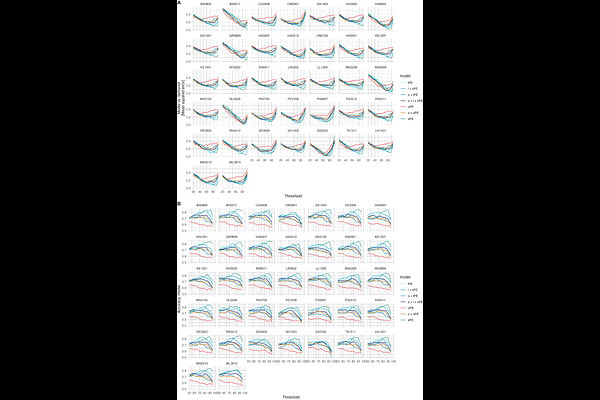Non-Human Recognition of Orthography: How is it implemented and how does it differ from Human orthographic processing

Non-Human Recognition of Orthography: How is it implemented and how does it differ from Human orthographic processing
Gagl, B.; Weyers, I.; Eisenhauer, S.; Fiebach, C. J.; Colombo, M.; Scarf, D.; Ziegler, J. C.; Grainger, J.; Guentuerkuen, O.; Mueller, J. L.
AbstractThe ability to robustly recognize strings of letters, a cornerstone of reading, was observed in Baboons and Pigeons despite their lack of phonological and semantic knowledge. Here, we apply a comparative modeling approach to investigate the neuro-cognitive basis of Human, Baboon, and Pigeon orthographic decision behavior, addressing whether phylogenetic relatedness entails similar underlying neuro-cognitive phenotypes. We use the highly transparent Speechless Reader Model (SLR), which assumes letter string recognition based on widely accepted computational principles of predictive coding so that orthographic decisions rely on a prediction error signal emerging from multiple, hierarchically ordered representational levels, i.e., low-level visual, letter, or letter sequence representations. We investigate which representations species use during successful orthographic decision-making. We introduce multiple SLR variants, each including one or multiple prediction error representations, and compare the simulations of each SLR variant to the orthographic decisions from individuals of three species after learning letter strings without meaning. Humans predominantly relied on letter-sequence-level representations, resulting in the highest task performance in behavior and model simulations. Baboons also relied on sequence-based representations but in combination with pixel- and letter-level representations. In contrast, all Pigeons relied on pixel-level representations, partly in combination with letter- and letter-sequence-level representations. These findings suggest that orthographic representations utilized in orthographic decisions reflect the phylogenetic distance between species: Humans and Baboons use more similar representations compared to Pigeons. Overall, the description of orthographic decisions based on a small set of representations and computations was highly successful in describing behavior, even for Humans who mastered reading in its entirety.